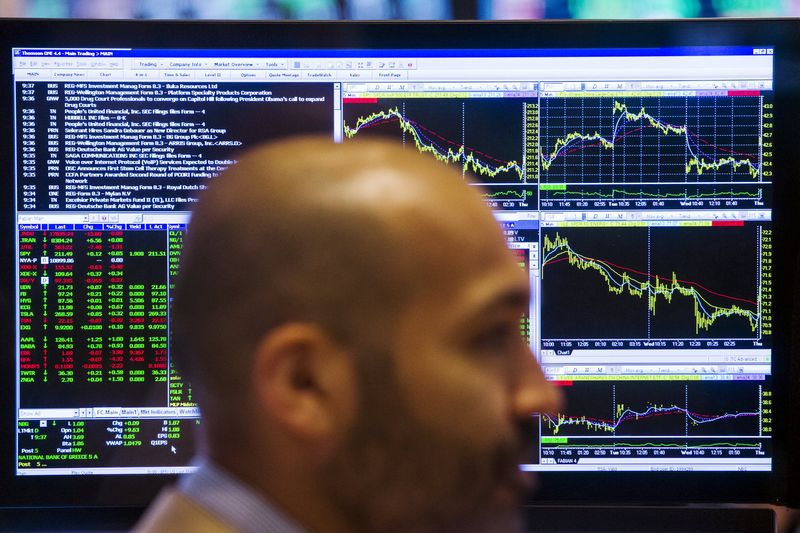Investing.com — In a recent note, Bank of America outlined 14 key lessons from 2024 that investors should keep in mind as they head into 2025, warning that market momentum and high valuations could face headwinds in the coming year .
While this year has more resembled the steady gains of 1996-1997 than the bubble peaks of 1998-1999, risks are mounting – from geopolitical tensions and rising debt to market fragility highlighted by the VIX.
BofA points to opportunities in Europe, China and Japan, but warns that volatility, trade disputes and macroeconomic uncertainty will determine the next phase of the market cycle.
Below are the 14 lessons BofA highlights.
1. 2024 has been a strong year for the markets, but it could be just the beginning.
2. The market’s performance in 2024 looked more like the steady gains of 1996-1997 than the bubble peaks of 1998-1999.
3. In a bubble environment, market leadership can last longer than investors can afford to remain underweight.
4. However, the combination of strong momentum and high valuations is already too great to prevent a potential crisis.
5. It has shown that markets remain vulnerable and that a major shock may be too late.
6. August 2024 signals buying market dips and retention of volatility spikes; Using smarter strategies such as skewed delta positioning could be critical for 2025.
7. Rising debt levels and persistent inflation mean bond vigilantes remain the most visible macroeconomic tail risk.
8. The market’s fragility, faster reactions and higher valuations suggest a repeat of 2017’s sedate volatility is unlikely.
9. A Trump election victory has reignited concerns about tariffs, with European companies favored by the dollar’s strength potentially becoming the next trade targets.
10. European shares remain cheap and unloved. Investors should be careful about getting short, as less crowded trades mean less volatility pain.
11. China’s outperformance versus Japan in 2024 could continue if US yields fall.
12. Data on VIX options indicates that market positioning risks have not gone away.
13. Eurozone bank dividends have outperformed much of the past year; investors may need to hedge against a different outcome in 2025.
14. The risk of sharp moves in the Japanese yen driven by volatility could cause instability in 2025.


